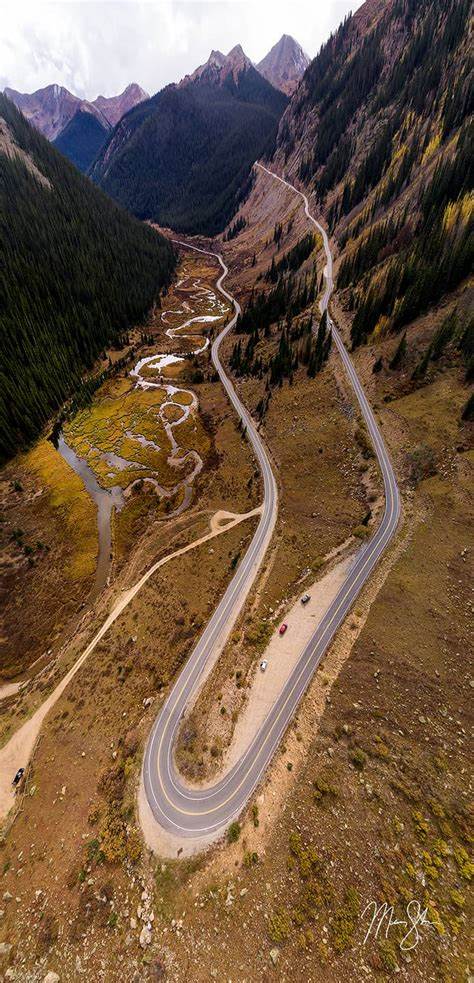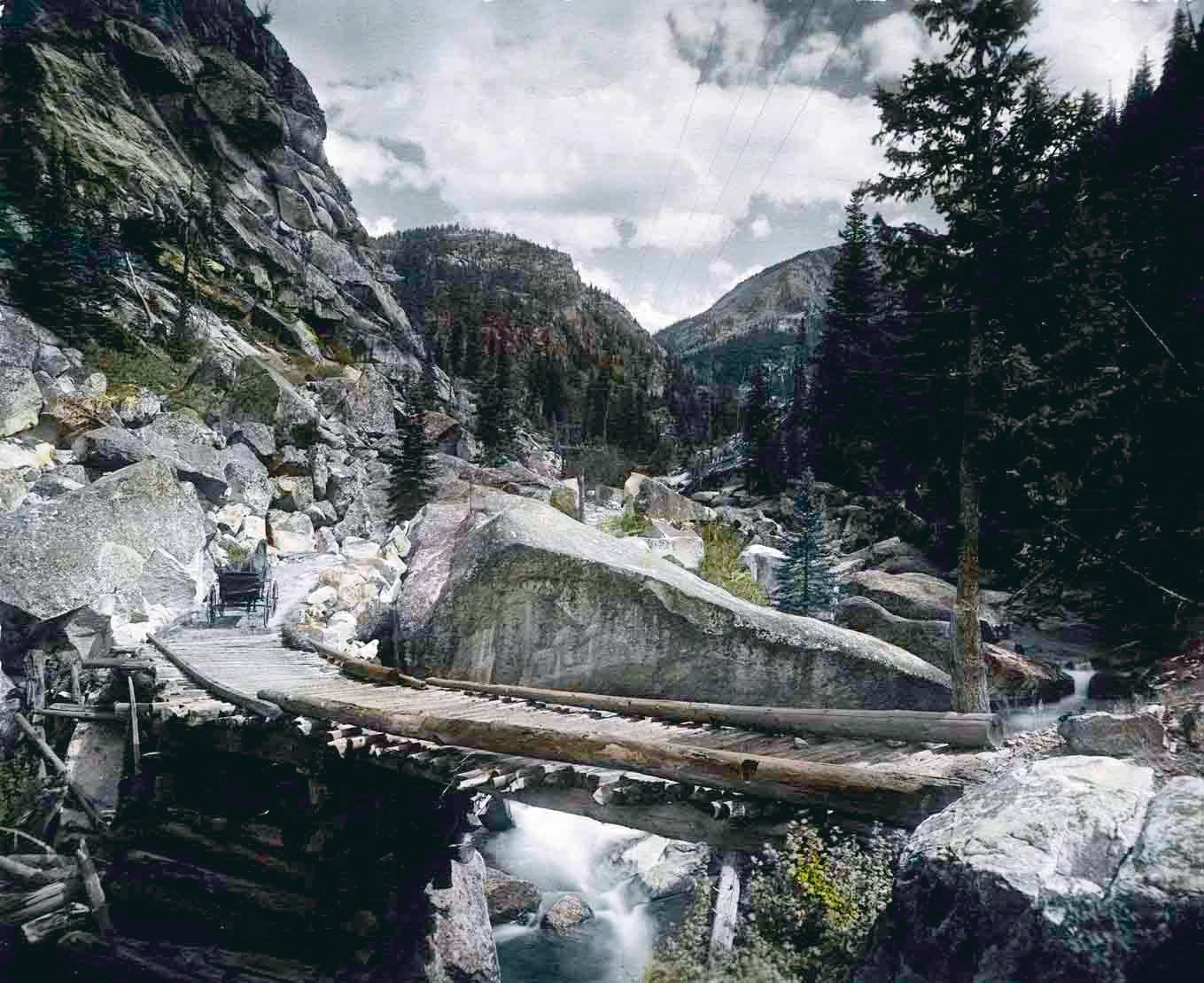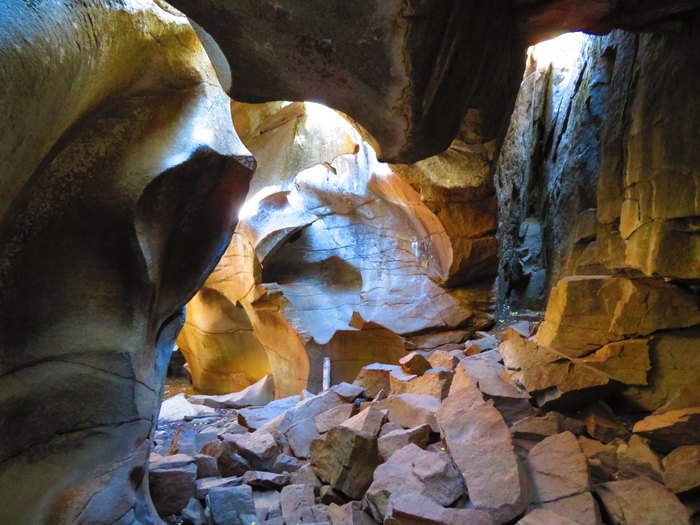The history of Independence Pass in Aspen, Colorado, is a fascinating story that dates back hundreds of years. This historic mountain pass, located in the Rocky Mountains, has played a significant role in the region’s development and transportation.
First used by Native American tribes, Independence Pass was an essential trade route long before the arrival of European settlers. In the 1800s, the pass became an essential passage for miners during the Colorado Silver Boom. Silver was discovered in nearby towns like Aspen, and Independence Pass served as a vital route for transporting precious metals.
In 1879, the first wagon road was built over the pass, providing easier access to mining towns. However, due to its challenging terrain and treacherous weather conditions, the road was frequently closed during the winter months. In 1927, construction began on a new and improved road.
The construction of the new road was an impressive engineering feat. It involved carving through rocky mountainsides, building bridges over deep ravines, and navigating steep inclines. The result was a fully paved road that allowed for easier transportation and tourism in the Aspen area.
Today, Independence Pass is open from Memorial Day to the first heavy snowfall, usually in November. It is a popular route for travelers seeking breathtaking views of the Rocky Mountains and access to various recreational activities. Visitors can enjoy hiking, biking, fishing, and skiing, depending on the season.
Rock climbing brings in climbers from all over the world.
The history of Independence Pass serves as a testament to the perseverance and ingenuity of the people who envisioned and constructed this incredible mountain road. It continues to be an iconic landmark in the Aspen area and a reminder of the region’s rich historical past.
Grottos on the pass







